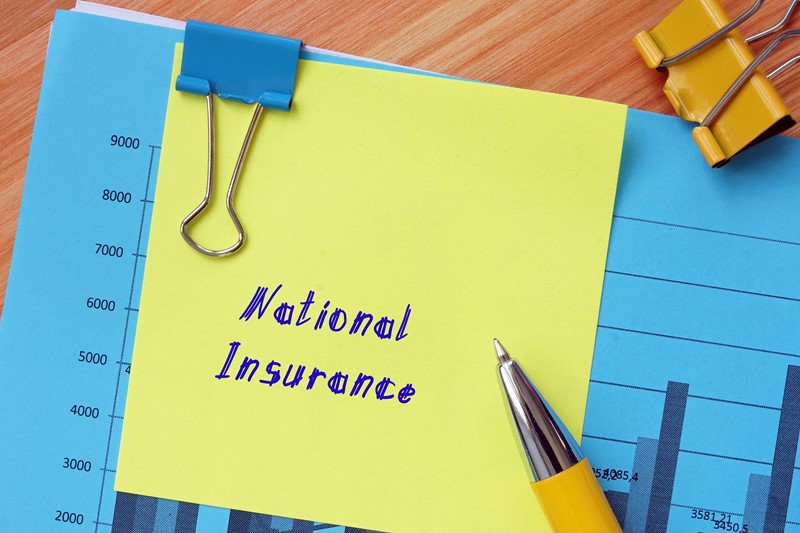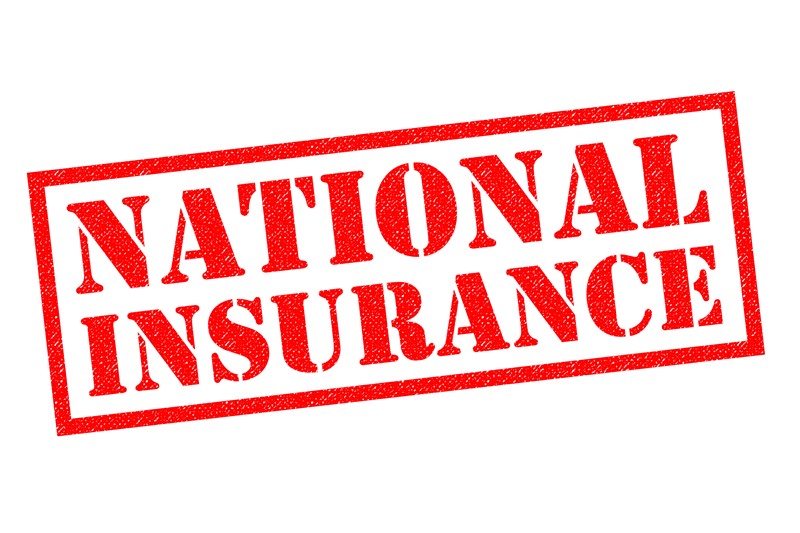Directors are classed as employees and pay National Insurance on annual income from salary and bonuses that exceed the Primary Threshold. The annual threshold is pro-rated to £11,908 this year following the increase to £12,570 from 6 July 2022 (£9,880 from 6 April 2022 – 5 July 2022). The primary threshold from 6 April 2023 will be £12,570.
Many director shareholders take a minimum salary and any balance of remuneration as dividends. This tends to reduce National Insurance Contributions (NICs), and in some case Income Tax. The planning strategy is to pay a salary at a level that qualifies the director for state benefits, including the State Pension, but does not involve payment of NICs.
A director’s liability to NI is worked out based on their annual (or pro-rata annual) earnings. This differs from regular employees whose liability is calculated based on their actual pay period, usually weekly or monthly. Payments on account of a director’s NICs can be made in a similar way as for other employees. However, an annual adjustment must be made at the end of the tax year.
Directors, who are first appointed during a tax year, are only entitled to a pro rata annual earnings band which depends on the actual date appointed and the amount of time remaining in the tax year. Care needs to be taken in these circumstances to avoid an unexpected liability to pay NIC.












